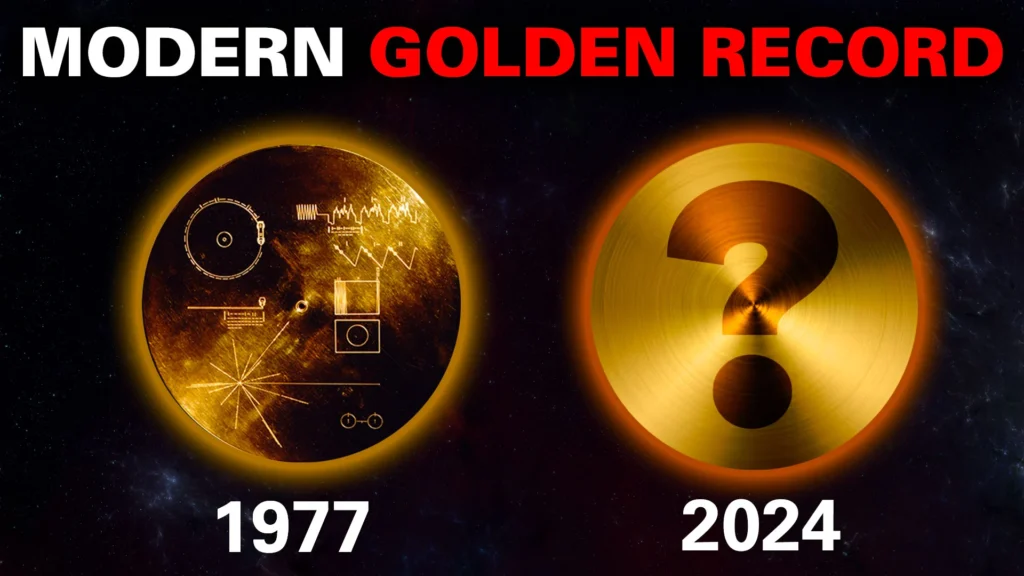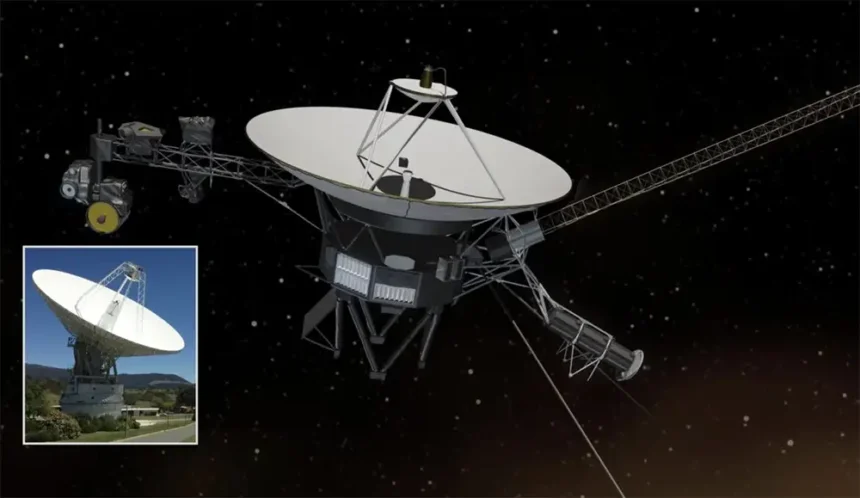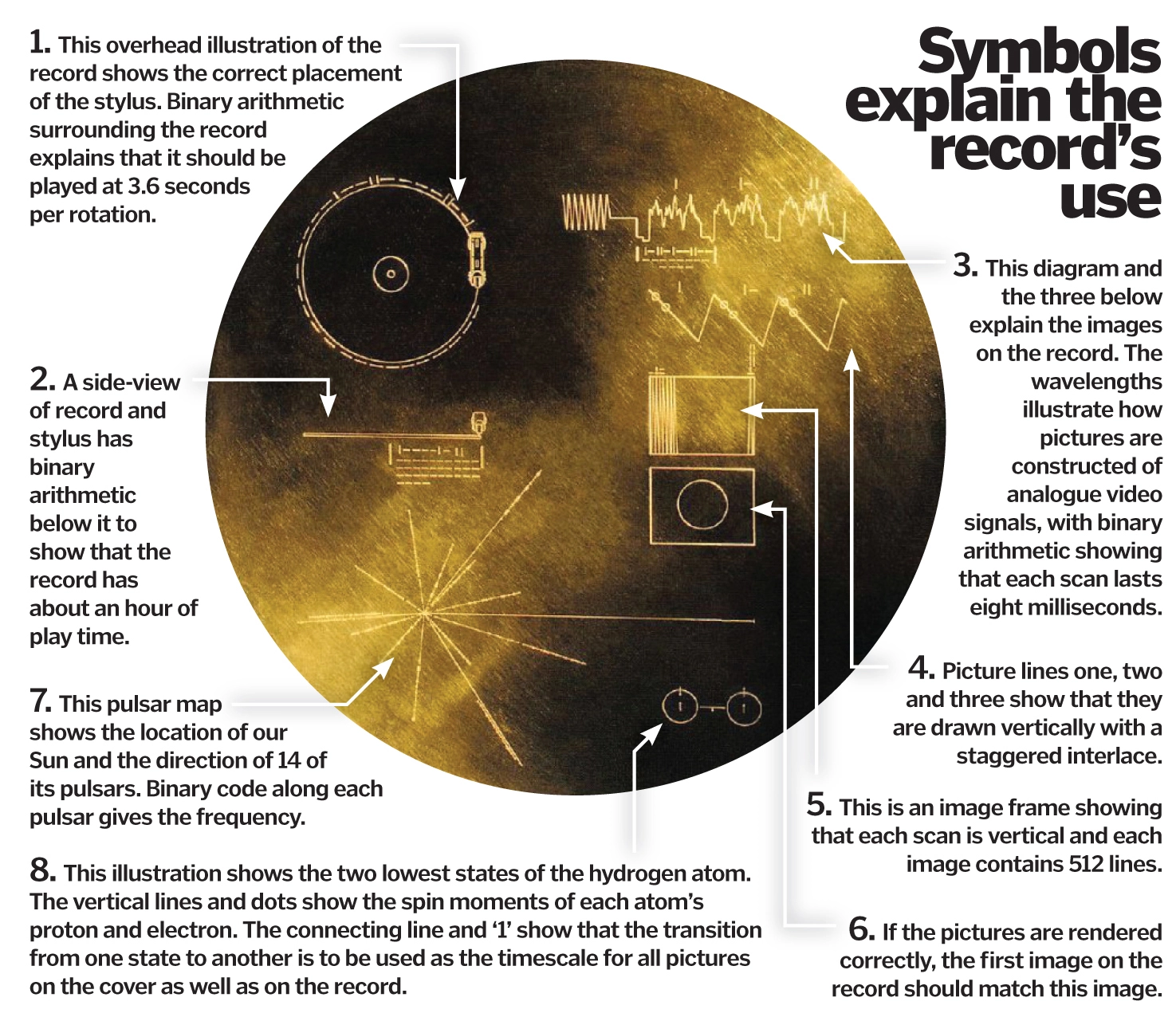
NASA’s Voyager 1 Mission: The Golden Record

A Message from Earth to the Stars

NASA's Voyager 1 spacecraft, launched in 1977, has resumed sending usable data to Earth after a period of transmitting gibberish due to a malfunctioning chip.
The Fix
- Engineers moved the corrupted code to a different location in the spacecraft's 46-year-old computer system.
- This fix worked within the tight memory constraints of Voyager 1's computer.

Continued Operation
- Despite the glitch, Voyager 1 continued to operate normally.
- Engineers at NASA's Jet Propulsion Laboratory successfully received health and status data from the spacecraft.
Next Steps
- The next step is to enable Voyager 1 to return science data again.
- This will involve further adjustments to its systems.
Voyager 1's Significance

- Voyager 1 is currently the most distant man-made object in the universe, more than 15 billion miles away from Earth.
- It crossed into interstellar space in 2012, becoming the first human-made object to leave the solar system.
- Voyager 1's twin, Voyager 2, also left the solar system in 2018.
Golden Records
- Both Voyager spacecraft carry "Golden Records" intended to convey information about Earth to extraterrestrials.
- The records include a map of the solar system, images of life on Earth, music, and symbolic instructions for playing the record.

Technical Details
- The recent problem with Voyager 1 was related to one of its three onboard computers.
- This computer is responsible for packaging science and engineering data before transmission to Earth.
- The computers on both Voyager probes have less than 70 kilobytes of memory in total and use old-fashioned digital tape to record data.
Future Prospects
- NASA hopes to continue collecting data from the Voyager spacecraft for several more years.
- Engineers expect the probes will eventually be too far out of range to communicate, potentially within the next decade.
- Voyager 1 is currently traveling at 37,800 mph (60,821 km/h) and will pass relatively close to a star in the constellation Ursa Minor in about 40,000 years.
We have a dedicated team of three passionate individuals working tirelessly to bring you the news you need. Our team is led by Kaushalendra, the visionary owner and founder of Newshaq, who is committed to simplifying news delivery. Alongside Kaushalendra, we have two other team members who are equally dedicated to our mission of making news accessible and understandable for all.























Post Comment